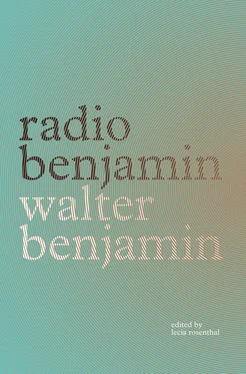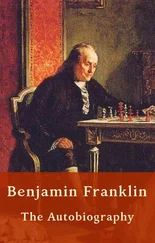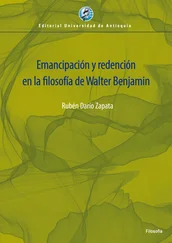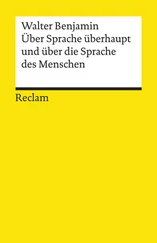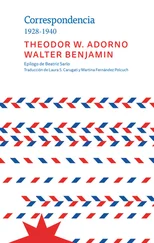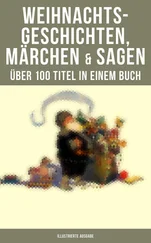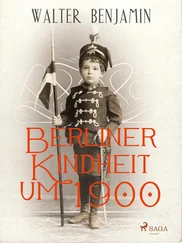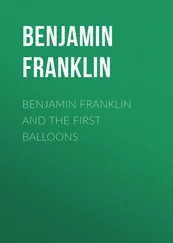Alongside these battles over the benefits or ills of the railroad were those related to its construction. It is difficult for us today to imagine the perseverance of those first railroad engineers, the enormous amount of time they had to devote to their work. When work began in 1858 on the twelve-kilometer-long tunnel through Mont Cenis, it was expected to take seven years to complete. And it was no different with the bridge over the Tay. But here there was an additional hurdle. The engineers had to consider not only the load that this bridge would have to sustain, but also the terrible storms that raged along the Scottish coast, especially in autumn and spring. During construction of the bridge, which lasted from 1872 to 1878, there were months when the hurricanes hardly let up, preventing the men from working more than five or six days over the course of four weeks. In 1877, when the bridge was nearly finished, a gale of unimaginable force tore two forty-five-meter-long iron girders from their stone piles, destroying years of work in an instant. Thus all the more triumph when, in May 1878, the bridge was inaugurated with great fanfare. There was but a single voice of warning, albeit that of J. Towler, one of England’s greatest bridge-construction engineers. 5He believed that it wouldn’t withstand severe storms for long, and that only too soon would the world hear once more of the bridge over the Tay.
A year and a half later, on December 28, 1879, at four in the afternoon, a crowded passenger train left Edinburgh on schedule for Dundee. It was Sunday; the train’s six cars held 200 passengers. It was another one of those stormy Scottish days. The train was due to arrive in Dundee at 7:15 in the evening; it was already 7:14 when the watchman in the south tower of the bridge signaled the train. To recount the final moments of the train after this final signal, I will turn to the words of Theodor Fontane, in a passage from a poem called “The Bridge on the Tay.” 6
There! The train! At the south tower
Gasping on despite the storm’s power.
And Johnny speaks: “The bridge is due!”
But so it is, we press on through.
A rugged boiler, twice the steam,
Victors they with such a team,
It races, churns, does not relent,
Yet will succumb: the element.
Our bridge: our pride. I laugh and sigh
As I ponder times gone by,
All the sorrow, grief; emote!
That miserable old ferry boat!
Many a precious Christmas night
Spied I would our window light
While lingering in the ferry shack
Wishing I would soon be back.
The bridgehouse waits, north of the mouth,
With all its windows facing south,
The bridgemen pacing to and fro’
All southward staring, full of woe;
The wind grew furied, high but high.
And now, like fire from the sky,
It plummets, glory glowing bright,
Into the Tay. Again, it’s night.
There were no eyewitnesses to what happened that night. Not one passenger was saved. To this day it is not known whether the storm had already torn away the middle of the bridge before the convoy reached it, leaving the train to simply hurl itself into the void. Be that as it may, the storm is said to have made such an awful commotion that it drowned out all other sounds. However, other engineers at the time, especially those who had built the bridge, maintained that the storm must have blown the train off its tracks, causing it to hurtle against the guard rail. They insist that the train broke through the parapet and the bridge itself must have collapsed only much later. Thus the first indication of the disaster was not the crash of the tumbling train, but rather a fiery glow noticed at the time by three fishermen, who didn’t suspect it was caused by the plummeting locomotive. When these men alerted the south bridge terminal and communication was then attempted with the north terminal, no contact could be made. The wires had been ruptured. The Tay stationmaster was informed, who immediately set out in a locomotive. In a quarter of an hour he was on the scene. Carefully he drove out onto the bridge. But after roughly a kilometer, upon reaching the first middle support, the engine driver braked so suddenly that the locomotive almost jumped off the tracks. In the moonlight he had detected a gaping hole. The middle portion of the bridge was gone.
When you open the Funkstunde [Radio Times], you’ll see a picture of the collapsed bridge published around that time in the Leipziger Illustrierte Zeitung. 7Even in its iron construction, it bears similarities to a wooden bridge. Iron construction was still in its infancy and had yet to gain confidence in itself. But you all must know, at least from pictures, the structure in which iron first proudly declared its self-assurance, the structure that also stands as a monument to the calculations of the engineer: the tower completed by Eiffel for the Paris World’s Fair, just ten years after the collapse of the Tay Bridge. The Eiffel Tower, when it was built, had no function whatsoever; it was just a landmark, a wonder of the world, as they say. But then came the invention of radiotelegraphy. All of a sudden the soaring structure had found a purpose. Today the Eiffel Tower is the radio transmitter for Paris. Eiffel and his engineers built the tower in seventeen months. Every rivet hole was prepared in workshops with tenth-of-a-millimeter precision. Each of the 12,000 metal parts was specified in advance, down to the millimeter, along with every one of the two and a half million rivets. Not a chisel could be heard in the workshops. Even at the site, as in the draftsman’s studio, thought prevailed over physical strength, which was transmitted to sturdy scaffolds and cranes. 8
“Die Eisenbahnkatastrophe vom Firth of Tay,” GS, 7.1, 232–7. Translated by Jonathan Lutes.
Broadcast on Radio Berlin, February 4, 1932, and on Southwest German Radio, Frankfurt, on March 30, 1932. The Berlin broadcast was announced in the Funkstunde for February 4, 1932, from 5:30–5:50 pm; the Frankfurt broadcast was announced in the Südwestdeutsche Rundfunk-Zeitung as taking place March 30, 1932, as the first of two broadcasts on the Youth Hour, which was scheduled to air from 3:15–4:00 pm.
1J. J. Grandville, Un autre monde (Paris: H. Fournier, 1844), 138–9. For further references by Benjamin to the image of Saturn in Grandville, see The Arcades Project, 8, 18, 64–5 [B1a, 2], 151 [F1, 7]; and “The Ring of Saturn, or Some Remarks on Iron Construction,” also in The Arcades Project, 885–7, where Benjamin mentions the railway catastrophe at the Firth of Tay, and which might be an early draft of what eventually became the radio broadcast; Das Passagen Werk, in GS, 5.1, 51, 66, 112–13 [B1a, 2], 212 [F1, 7], and GS, 5.2, 1060–3.
2Antoine Joseph Wiertz (1806–1865), Belgian painter and sculptor.
3George Stephenson (1781–1848), the English engineer known as the “Father of the Railways,” is credited with building the first public railroad line powered by steam locomotive.
4See John Ruskin, Modern Painters, vol. 3 [1856], in The Works of John Ruskin, eds. E. T. Cook and Alexander Wedderburn (London: George Allen, 1903–1912), vol. 5, 370.
5This is almost certainly a reference to Sir John Fowler (1817–1898), an English engineer who devoted his career to railway construction in Britain and abroad. After the collapse of the Tay Bridge, which had been designed by Victorian engineer Sir Thomas Bouch, Fowler was one of the engineers appointed to review and redesign Bouch’s plan for another bridge in Scotland, the Forth Rail Bridge.
6See Theodor Fontane, “Die Brück’ am Tay” [1880], in Werke, Schriften und Briefe, eds. Walter Keitel and Helmuth Nürnberger, vol. 6 (Munich: Hanser, 1978), 286.
Читать дальше
